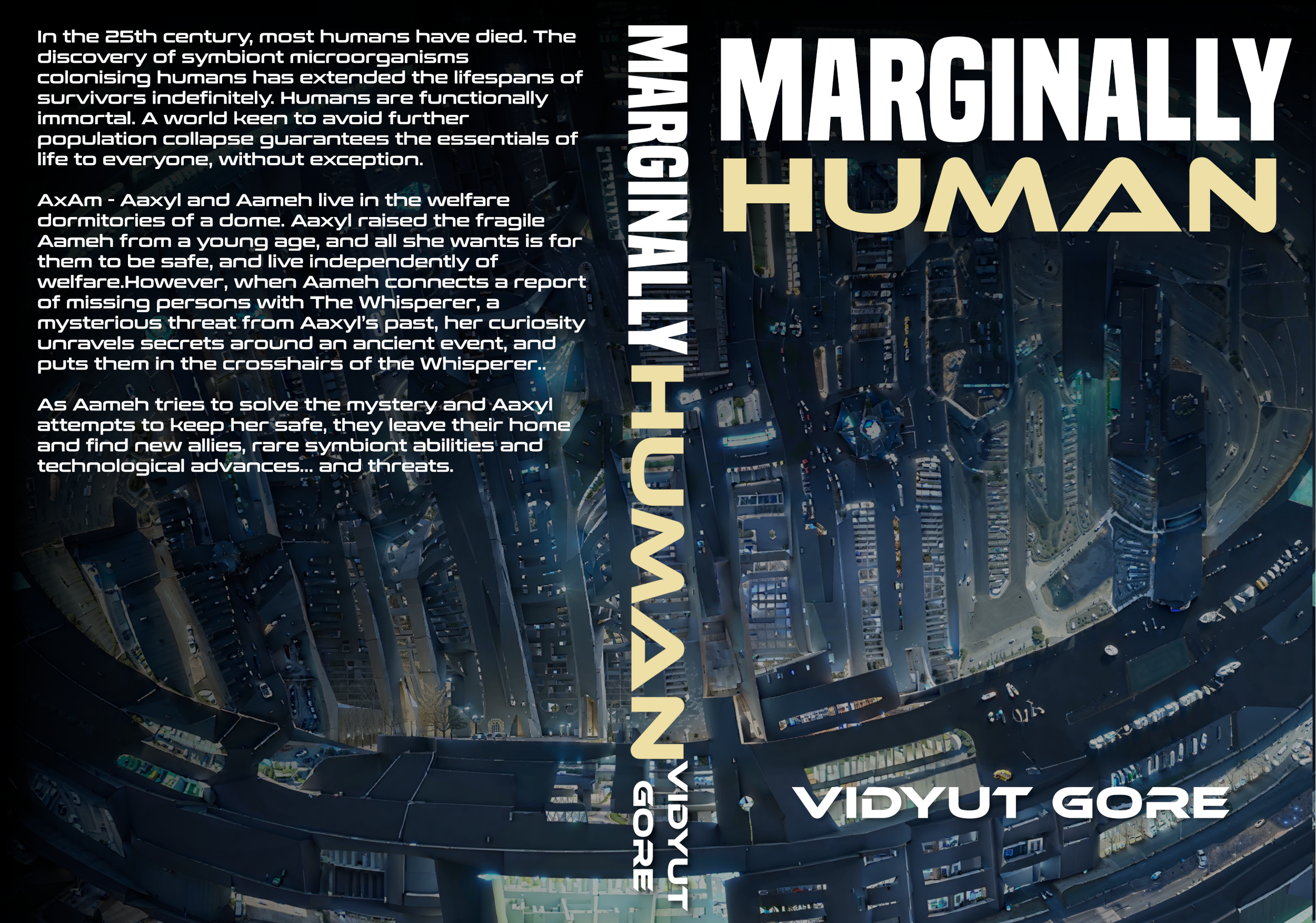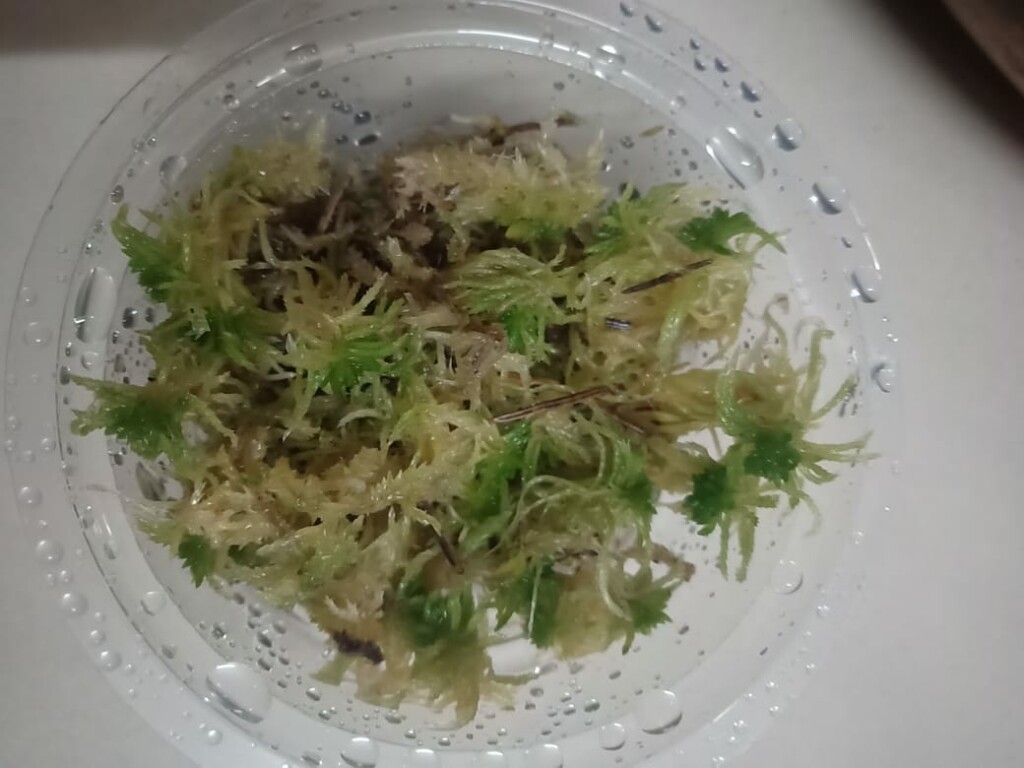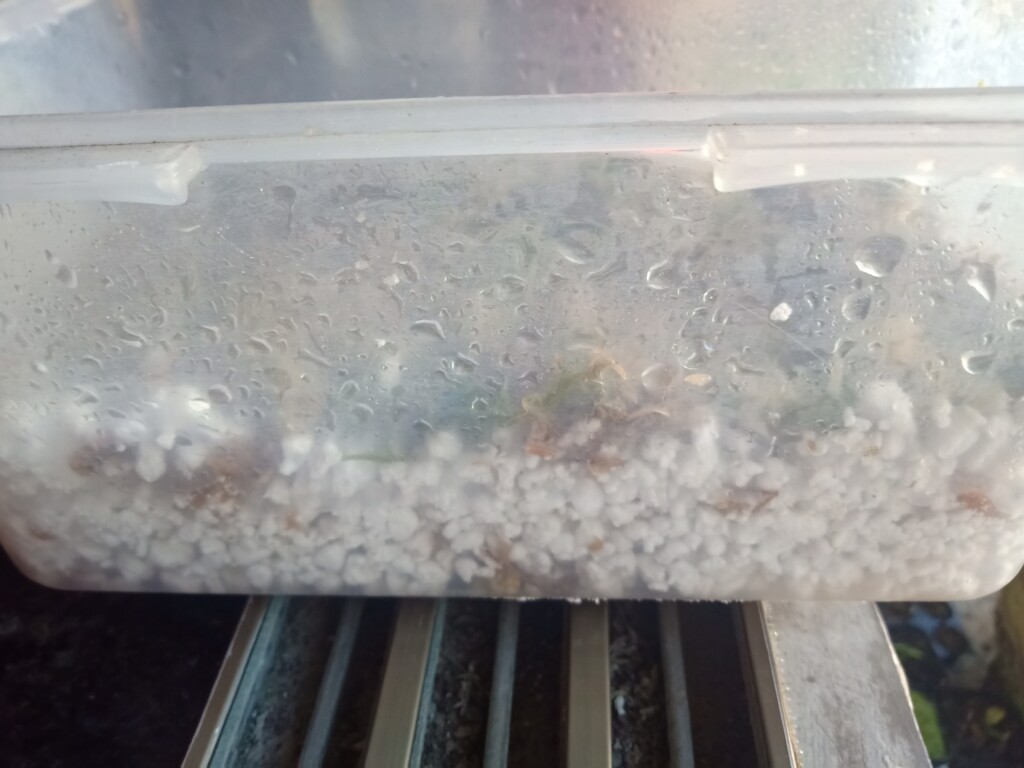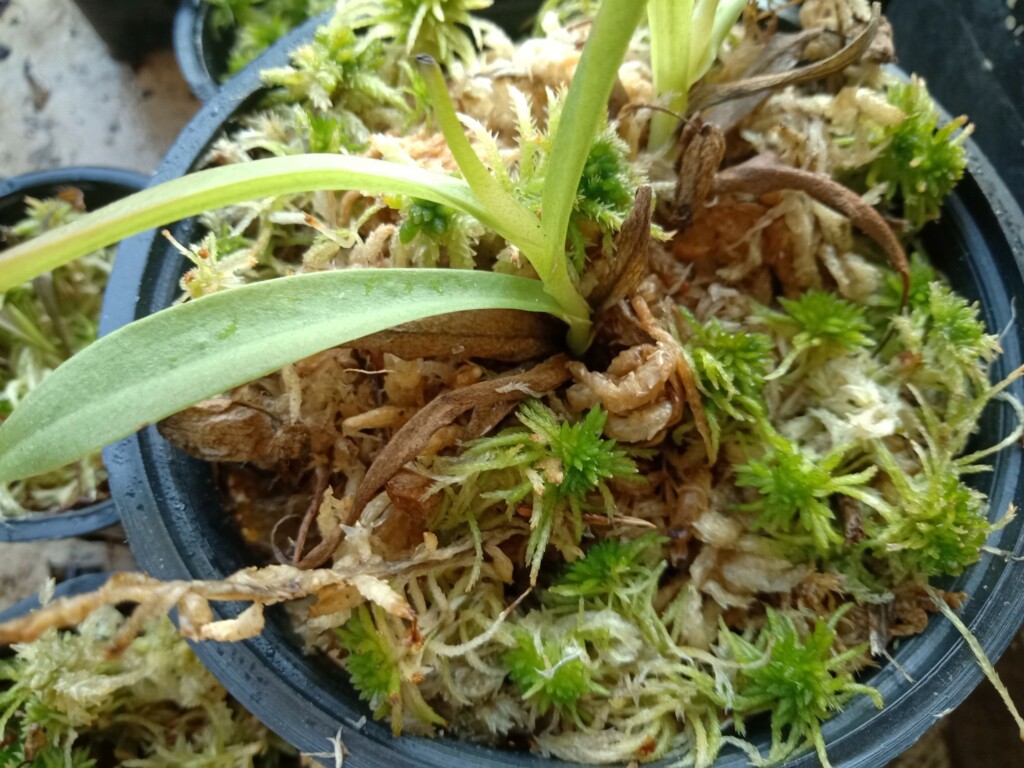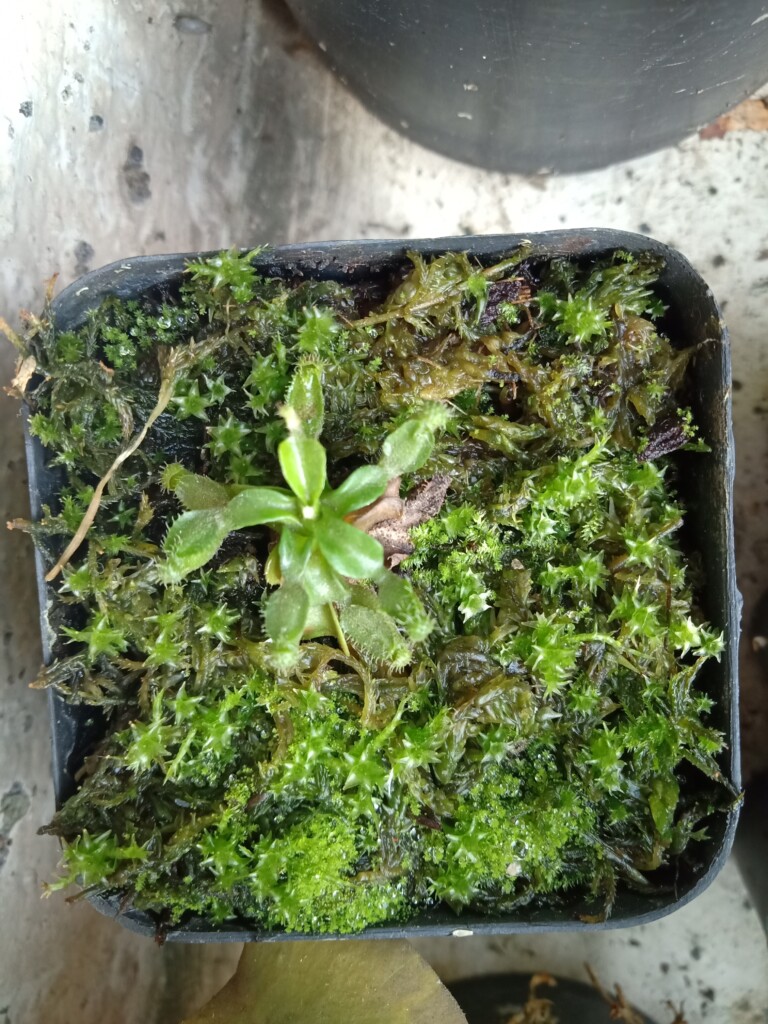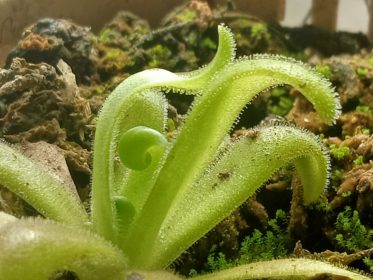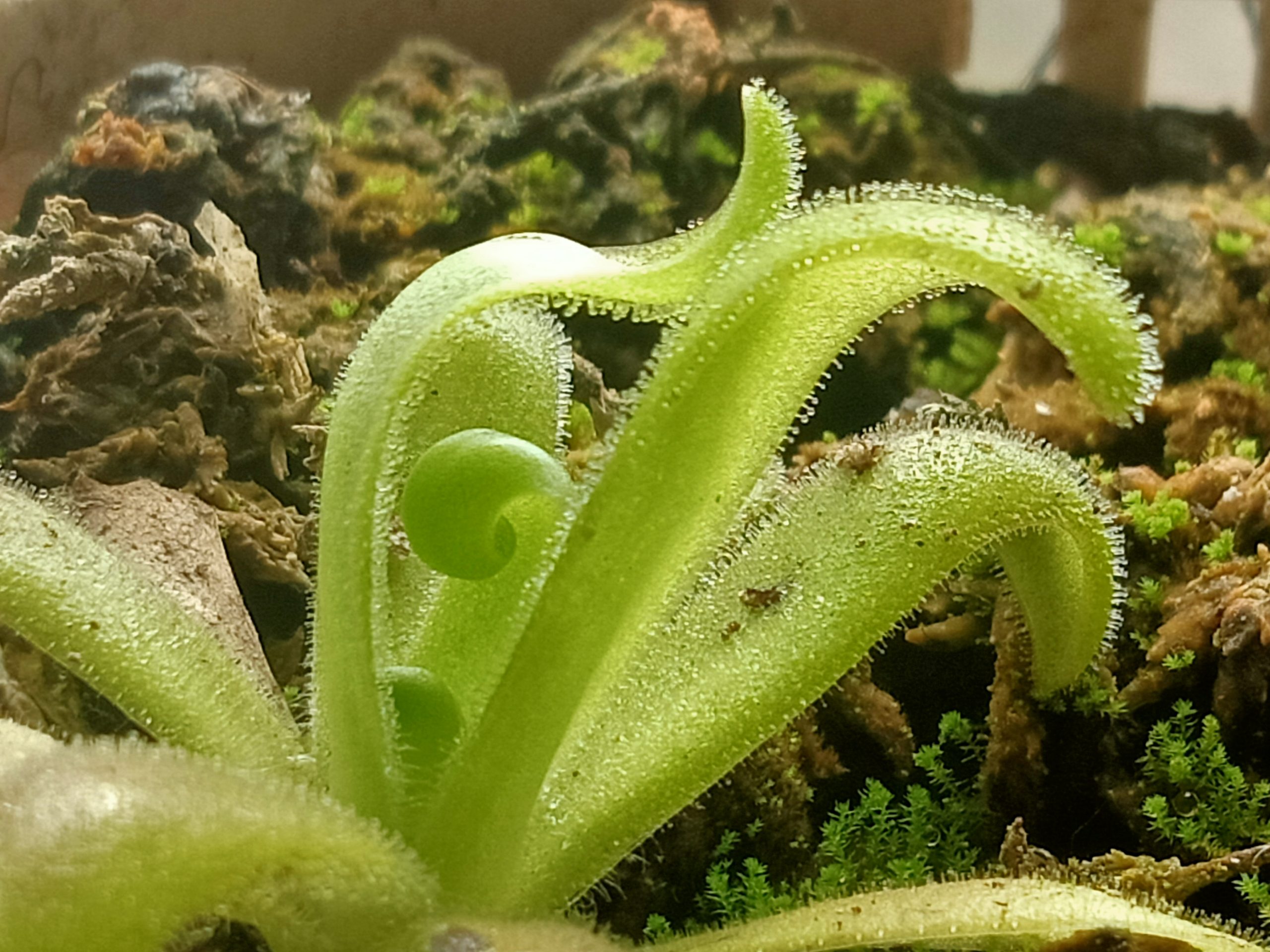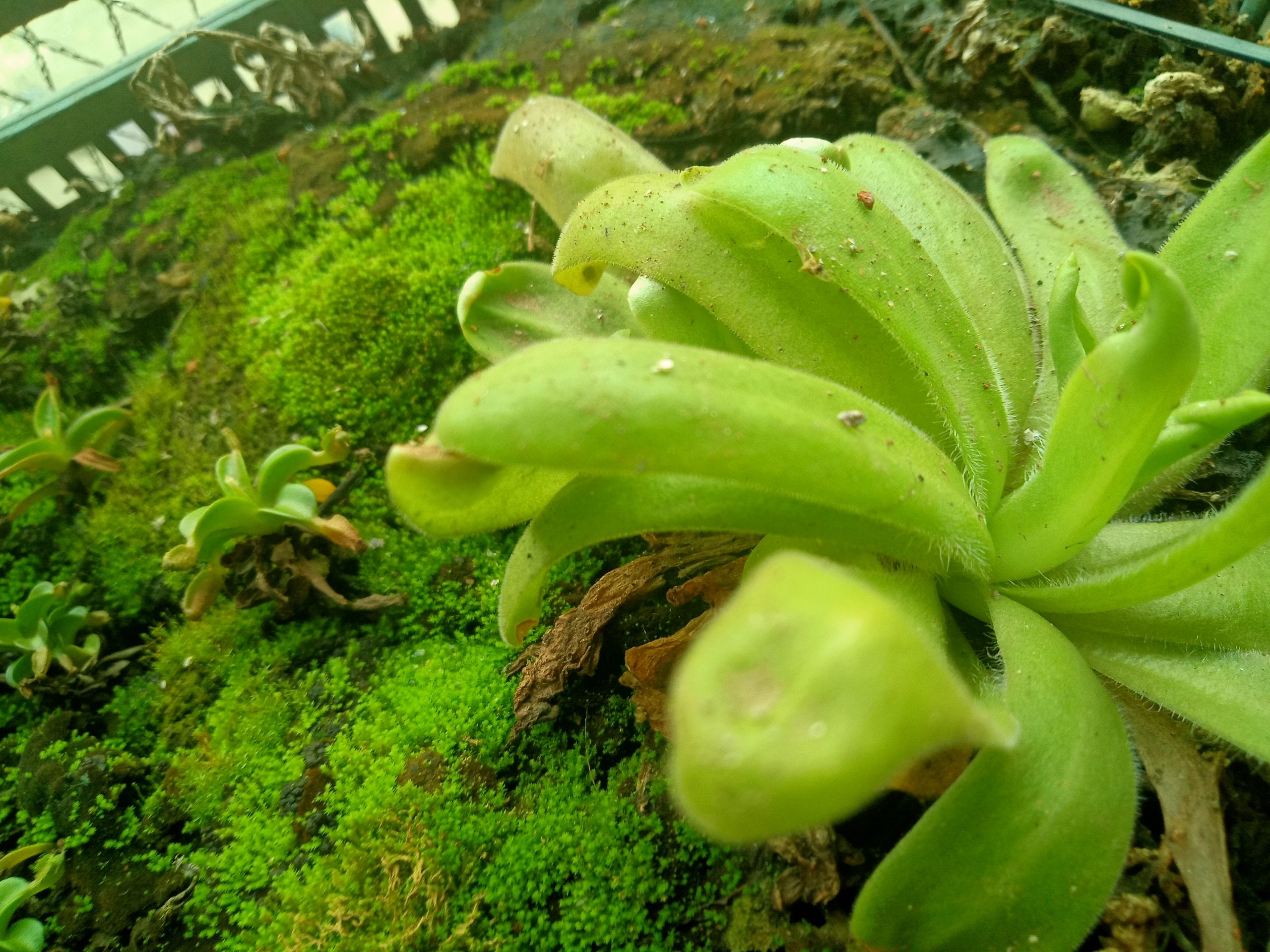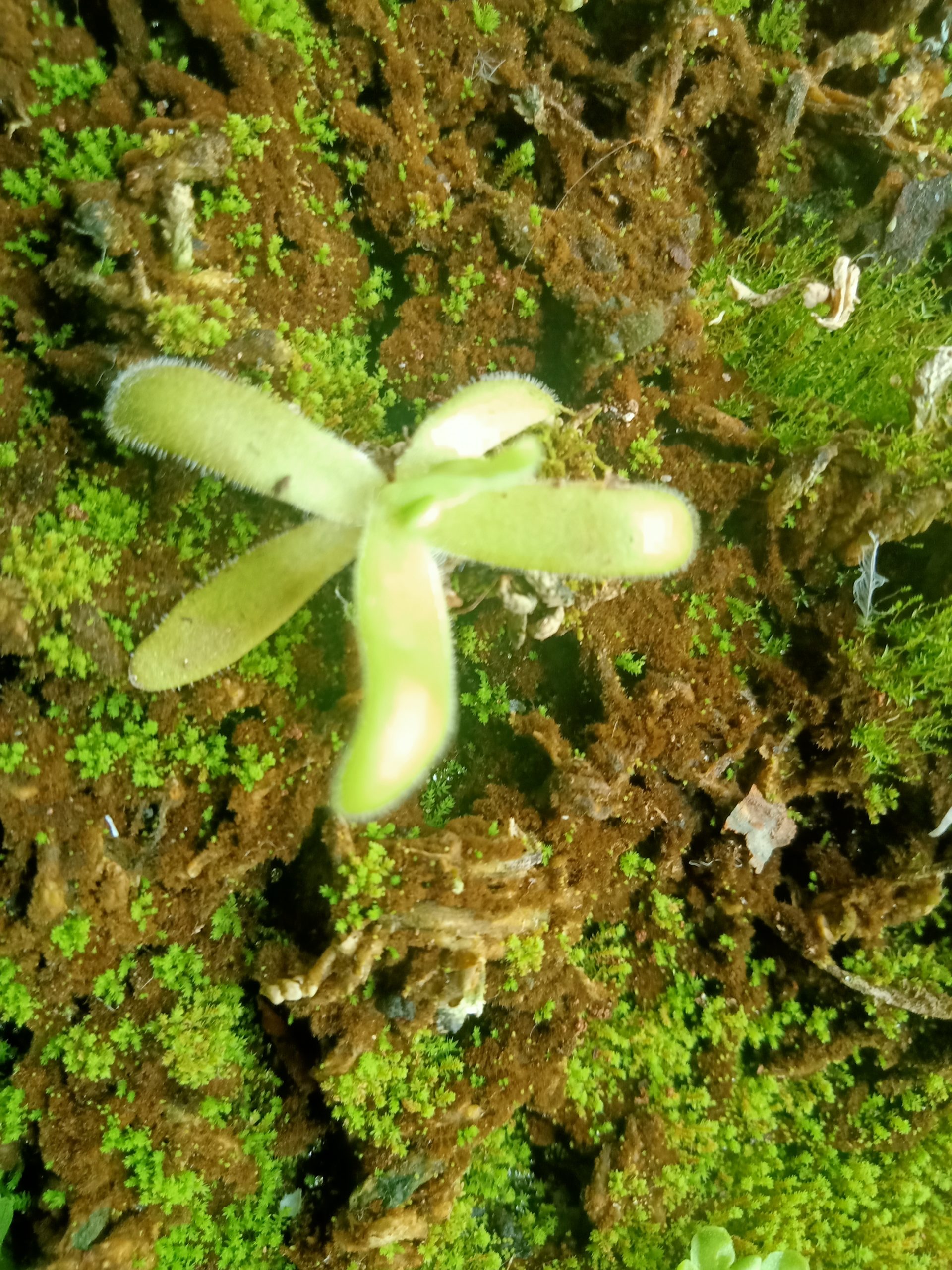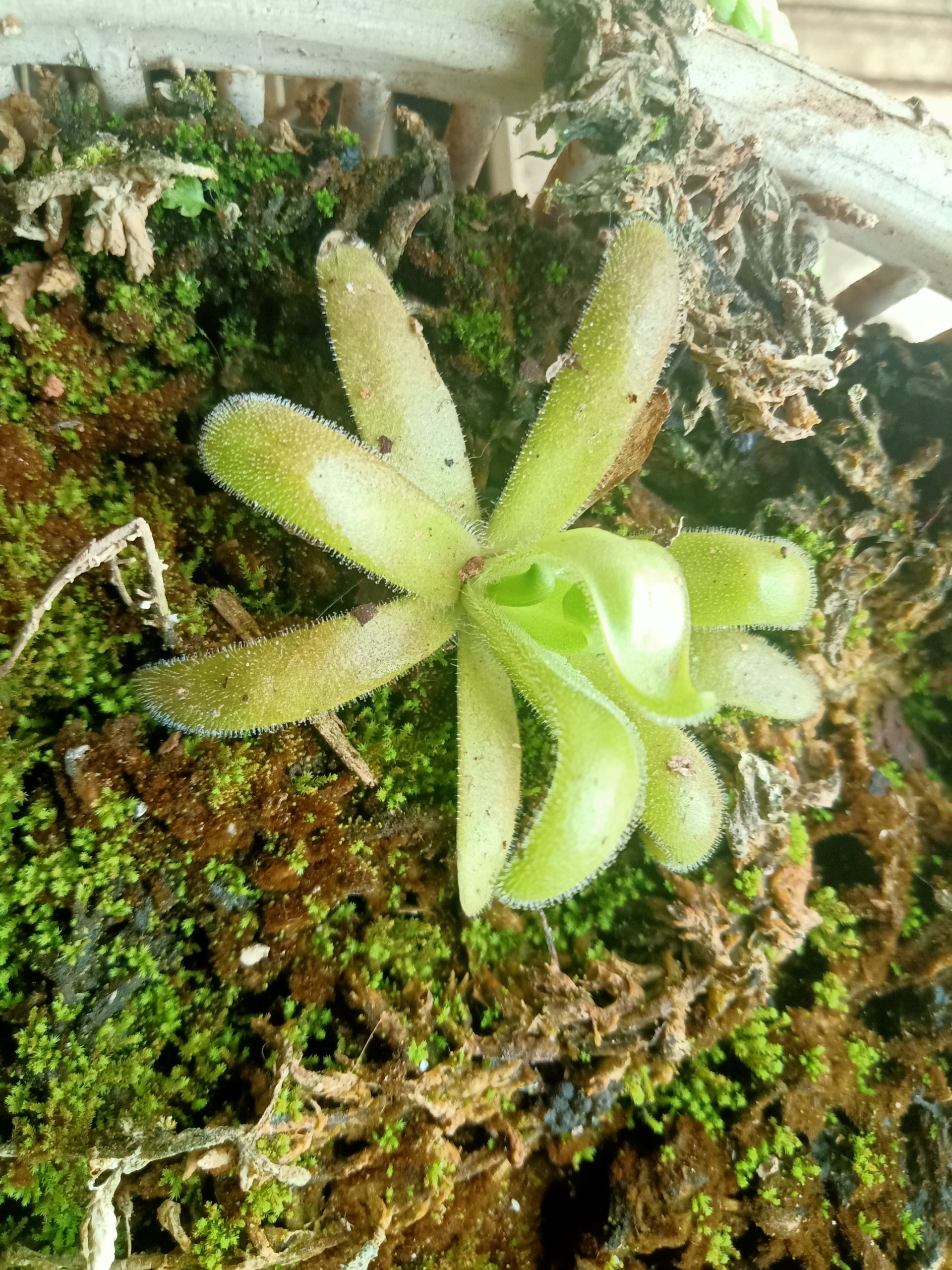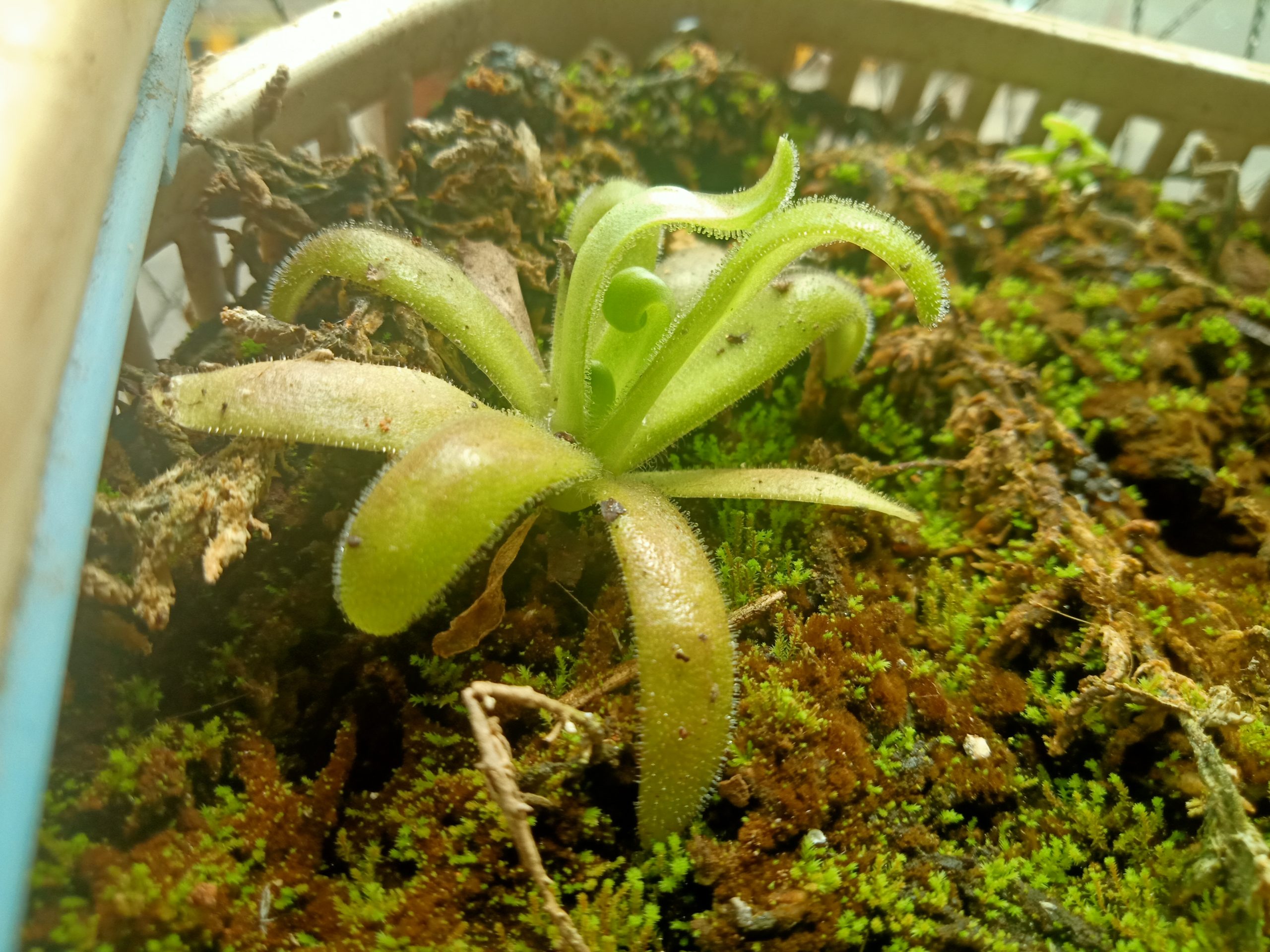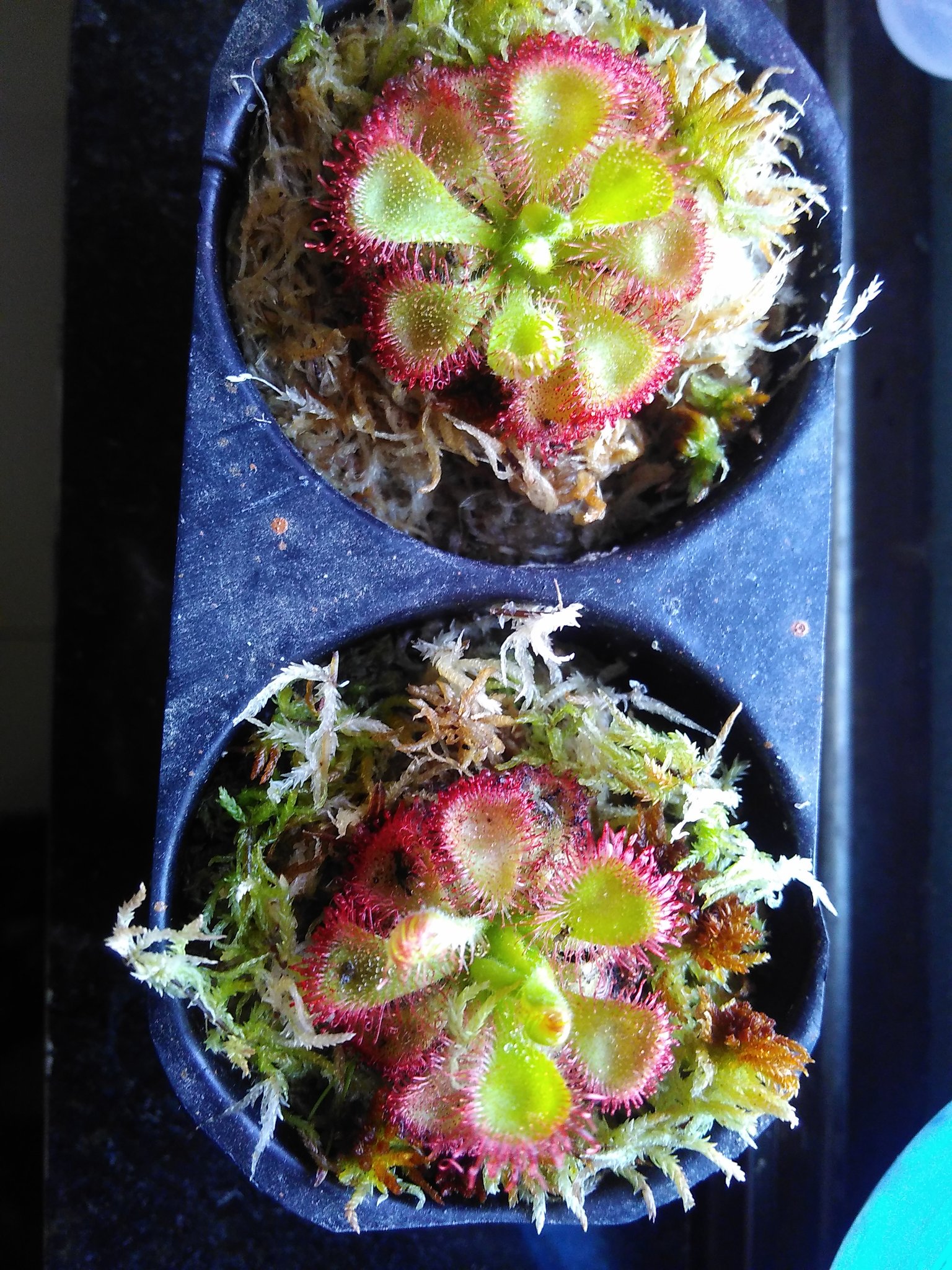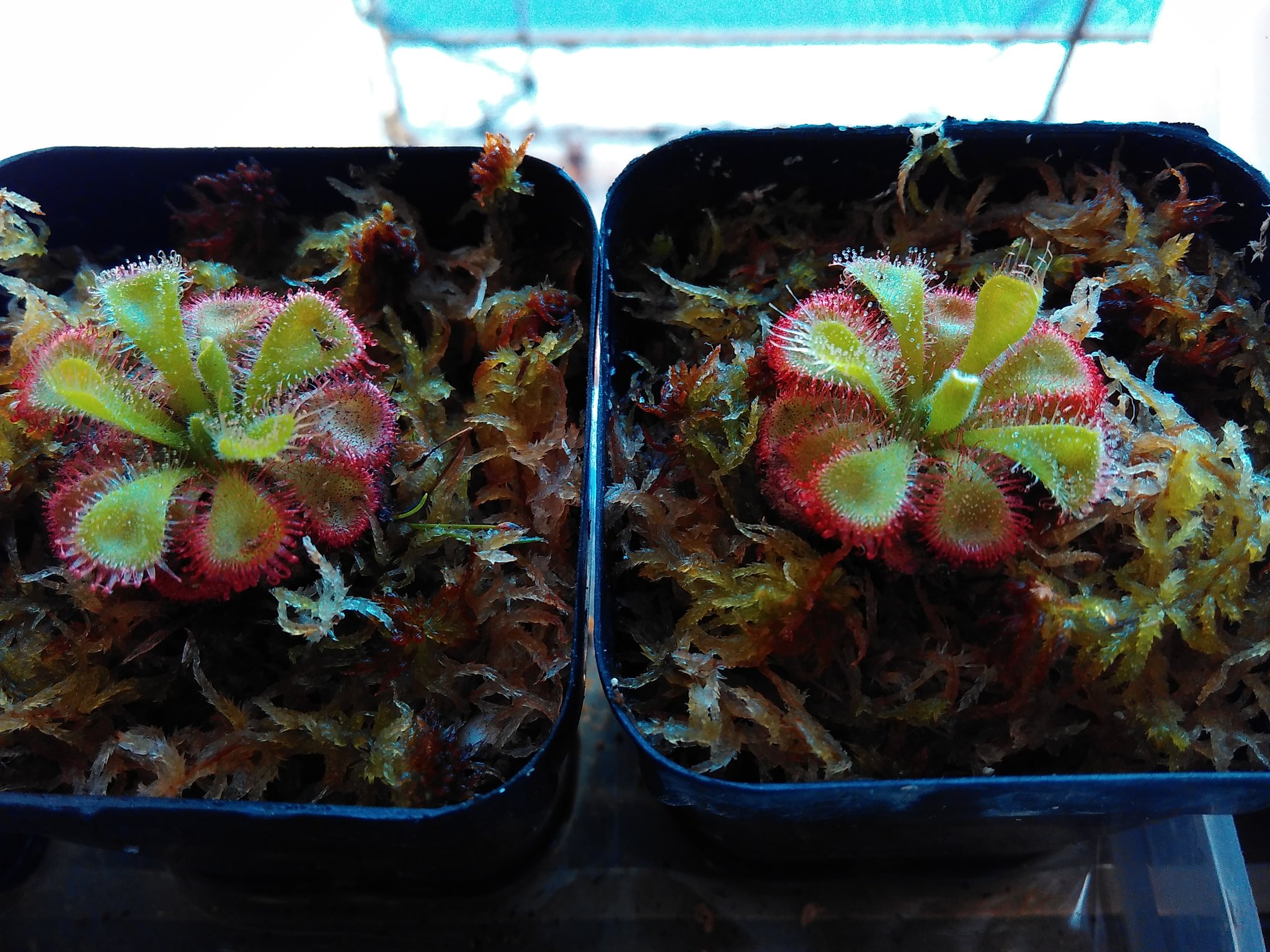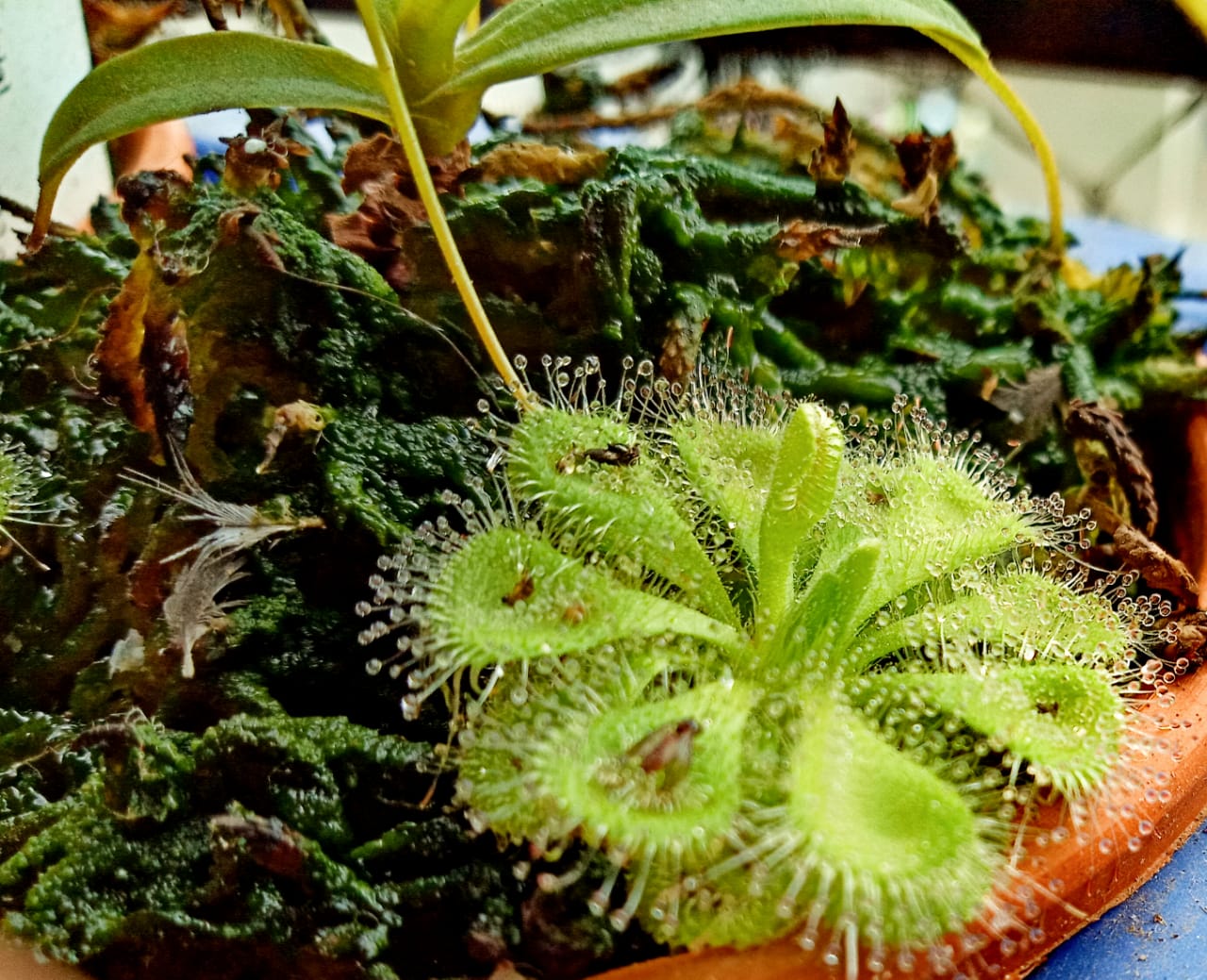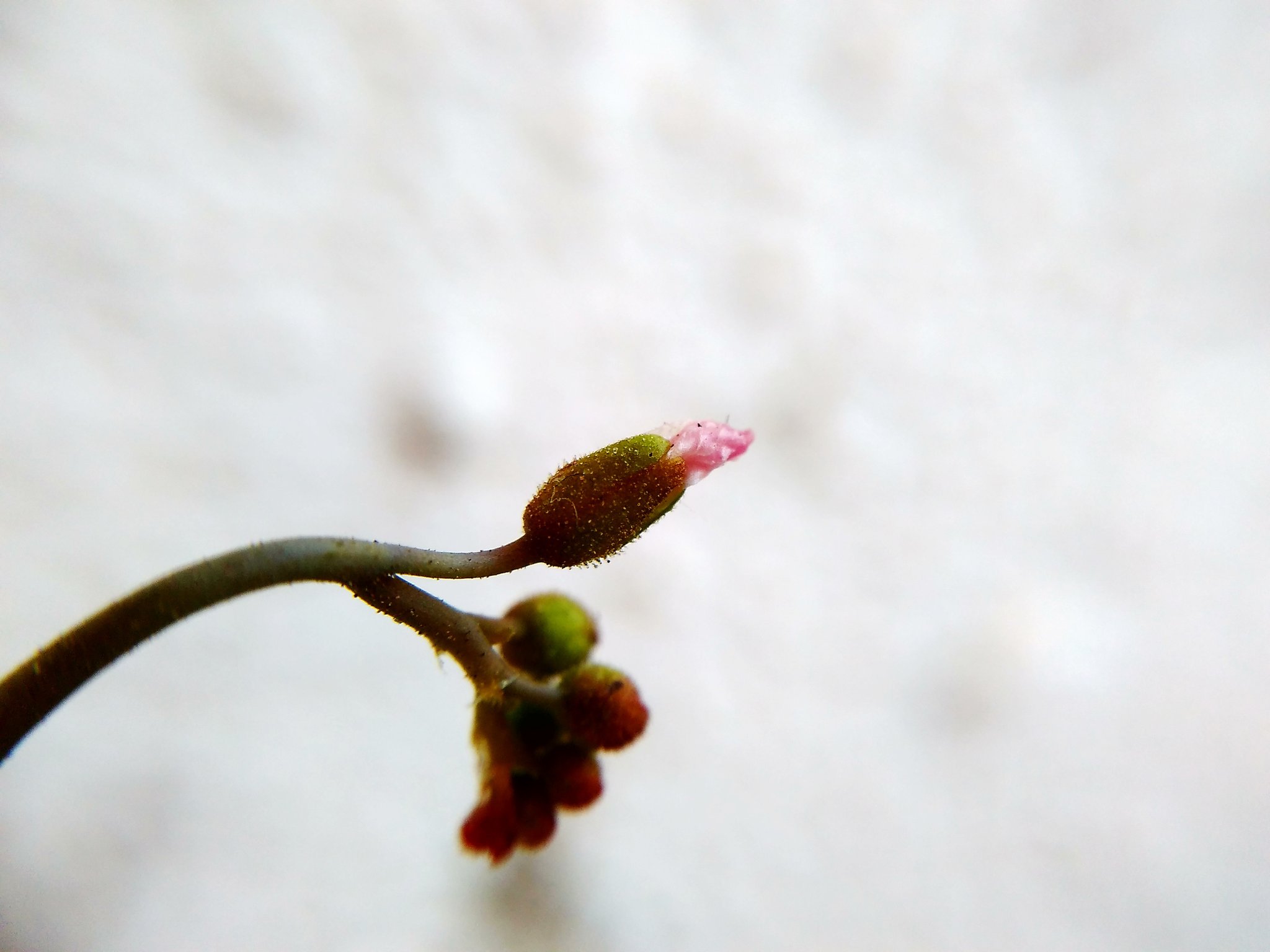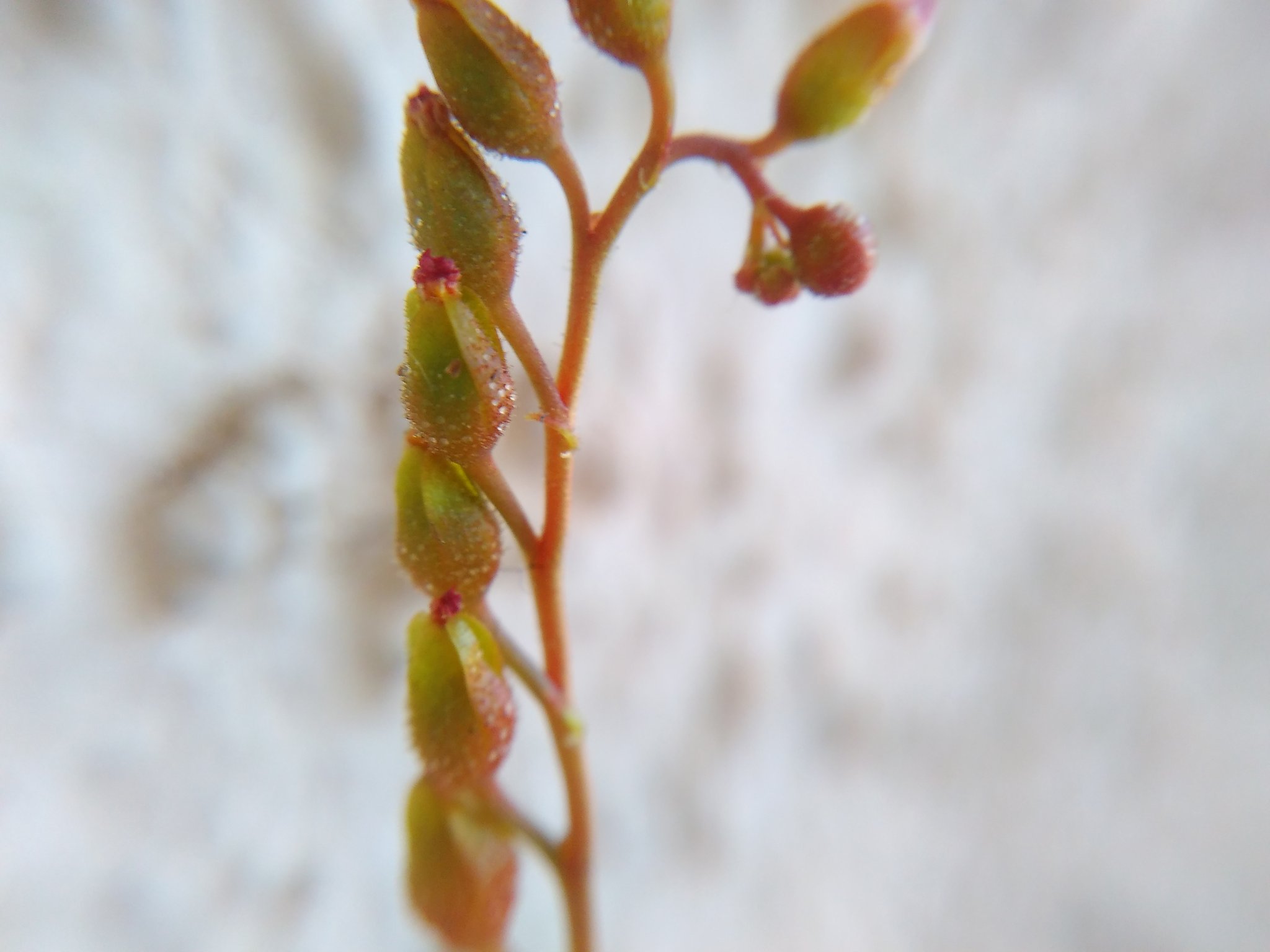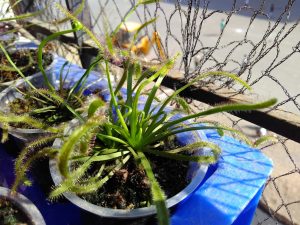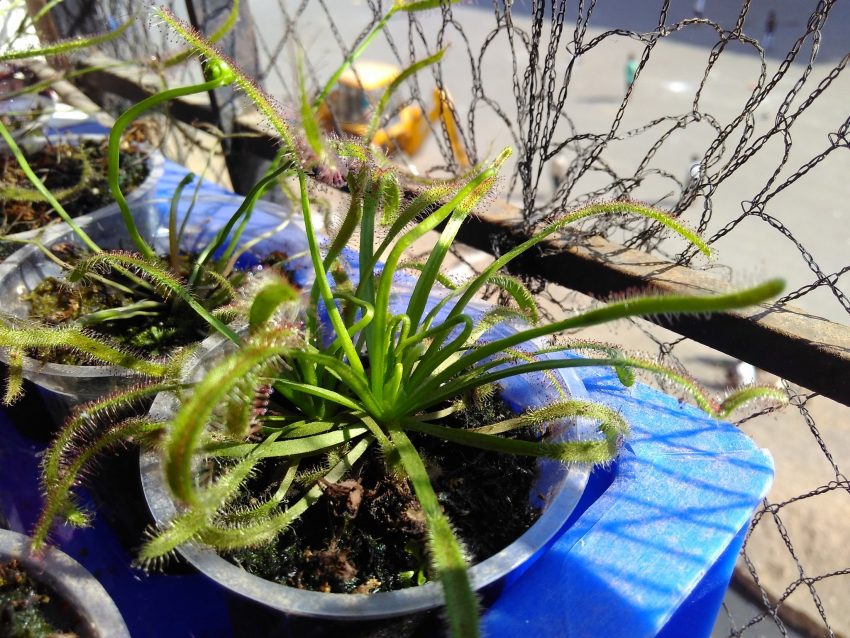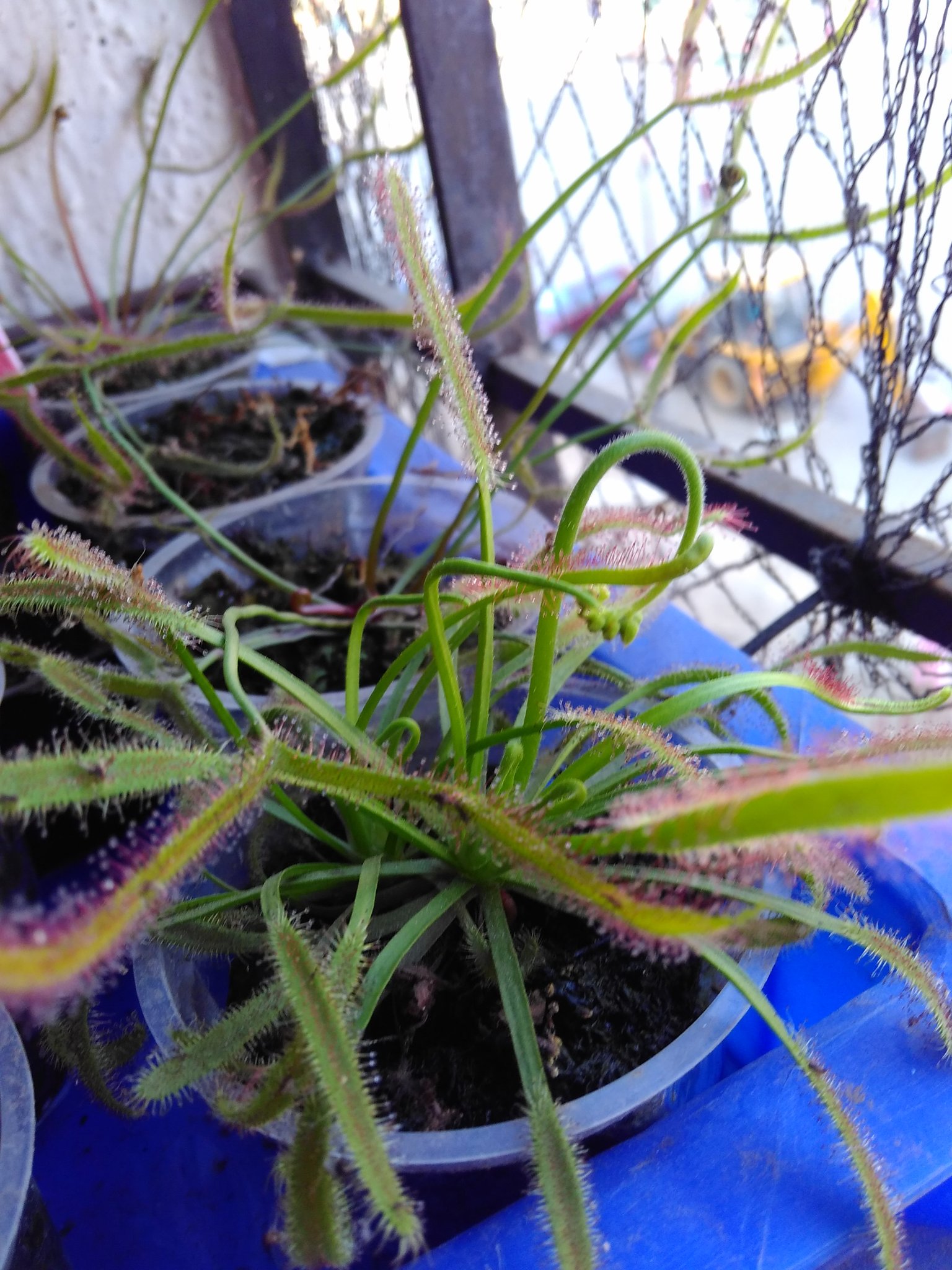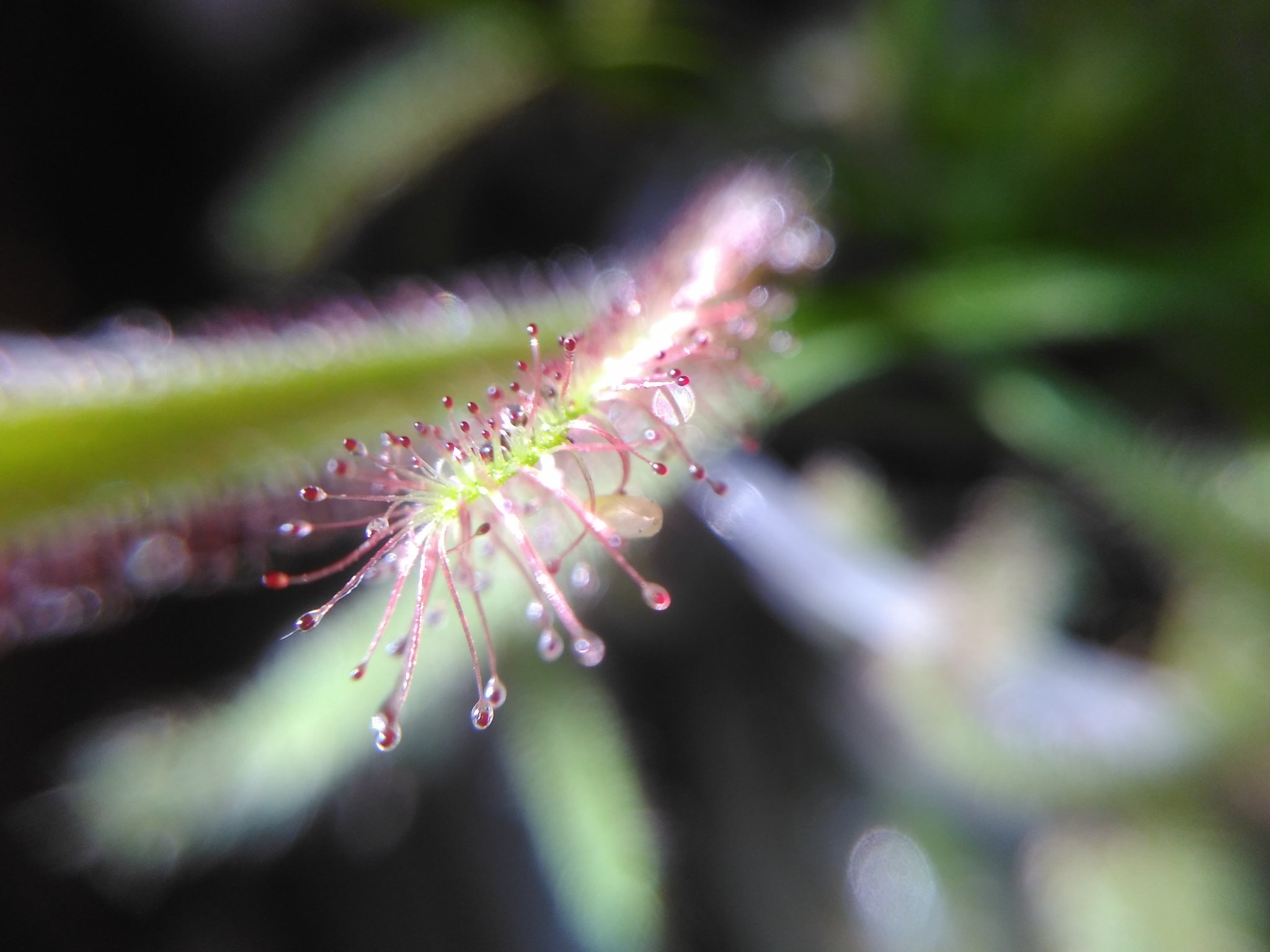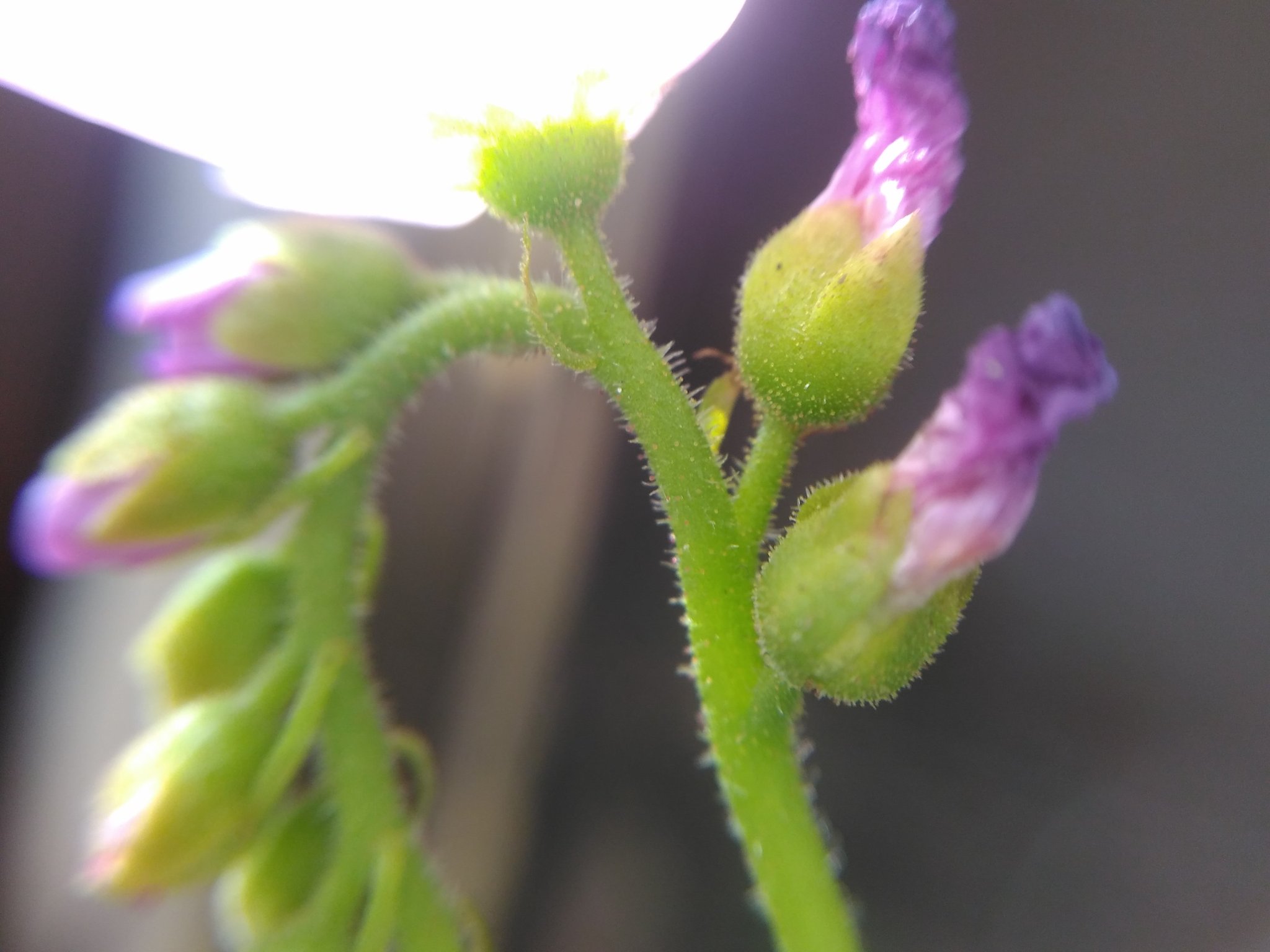Most people write to portray their imagination. But writing isn’t just expression; it’s also communication. It isn’t enough to say what we want; our writing needs to engage the reader. We are communicating all our lives and have an instinct for this, so while this post may seem extremely complicated, the chances are when you try some of the ideas, they may “just work.”
We already do a lot of what I’m saying as part of normal story writing, character portrayal, and so on. The only difference I’m suggesting is doing it on purpose—not just keeping the communication aspect in mind, but leveraging it to intensify the reader’s experience. For most people, this might be easier in the edits than the rough drafts, which tend to be more raw and fueled by expression. When writing a rough draft, we’re engrossed in what we’ve conceived. Handling the ‘reader’s vantage point,’ as I like to call it, in the edits feels more natural to me. Your process might differ.
What is this ‘Reader’s Vantage Point’?
Well, it is obviously a term I coined, but if you think about it, when we write, we’re writing our vision. The text is the imaginary character’s experience. But it is just words on paper. What gives them meaning is the reader’s interpretation and engagement. The reader is reading all this from their own vantage point. This is often overlooked or considered superficially, like “what’s my target audience,” but if you can write scenes with this awareness, you can ensure impact to a much higher degree.
It is common to assume that the reader gets immersed in the text and whatever the character’s PoV is, they start identifying with it or experience it vicariously. This isn’t entirely true. This becomes evident when the reader’s thoughts don’t align with the character’s thoughts. For example, a character might walk into a lonely alley in a bad neighborhood in the middle of the night, thrilled about something that has happened. The minute you describe the lonely alley, you’ve kicked your reader onto a different train of thought from the character’s interiority. Or consider a child describing a ‘new best friend’ in a way that raises red flags for the reader. But this also happens without conflict. A character may be in a happy moment, and the reader may also reflect on how far the character has come through the book and feel extra proud. If you remain actively aware of what you’re doing to the reader, you can engineer this effect with the slightest callback. You can smooth out scenes you know readers will hate by provoking additional thoughts, giving them distance from something they’ll find disturbing. You can make them identify with characters by using framing that helps them see themselves in those characters.
If you get nothing else out of this post, I’d urge you to consider this: Always be aware of where you’re putting your reader. Are they in the character’s head? Scanning the surroundings for threats? Bored and not paying attention to the foreshadowing you’ve placed under their nose? On the trail of a subtle clue you slipped in for them? Analyzing the book so far? If you can do that, you can put and keep your reader exactly where you want them to be. This is hard to explain, but you will sense it when it works—as will your critique partners. You’ll notice more guesses about what will happen next, stronger opinions, and heightened emotions in comments, because readers feel more firmly rooted in your world.
What Are the Parts of the Reader’s Experience Within Our Control, and What Are Outside It?
This is a big subject, and the length of a blog post is limited, so I’m going to give a few examples. If anything is clear or incomplete, we can take it in the comments.
Broadly speaking, we can control what we say. We can’t predict the reader’s personal biases, thinking patterns, or interest level. If a reader is not interested in the genre, there isn’t a lot we can do beyond momentarily capturing their attention. If a reader is low on emotional intelligence, even the best writing may not resonate because they might lack the ability to connect deeply. If a reader has preconceived biases on a subject or a preference for a specific writing style—like an aversion to first-person narration versus third-person—there isn’t much we can do about that. But for the most part, readers picking up our work will fall within a broadly acceptable range of engagement patterns.
Another concept to understand here is that we can evoke certain responses in readers. Perhaps not the exact response, but a general direction. For example, if I say “apples,” you might think of “oranges,” “fruit,” “temptation,” or even “serpent.” But you’re unlikely to think of “fenugreek,” “nebula,” or “bamboo pit viper.” The associations aren’t there. Similarly, if I write in a tone suggesting arrogance, the reader is likely to be skeptical. If a character has every reason to lie but doesn’t, the honesty might evoke respect. If I write in a convoluted, stressful way, the reader will feel claustrophobic or irritated.
How Does This Help You?
- The first is the obvious. Convincing dialogue. Realism in dialogue can include these tonal dynamics. How does persuasion sound as an exchange? Arrogance? Ease? Not just body language, but the content of speech, choice of words.
- But, you can also look at the book itself as a dialogue with the reader. Where do you need to convince the reader? Where do you want to cut distractions off? Sharpen focus? Suggest intimacy, make them believe that something is the absolute truth? How would you choose the speech? What would be the specific words? What associations would you want to evoke subtly? When would being verbose and telly and irritating evoke irritation in the reader that you want them to feel about a specific character? What language would you use to ensure that the mere appearance of a person feels like a relief or conveys something about them? No, I’m not talking about descriptions. You know all that. I’m talking about the blood circulating through the book—the language itself.
- Keeping track of what you’ve been evoking in the reader also allows you to have impeccable pacing. When does the urgency they feel mean you need to progress them through the story quickly (or how to change their mood before you drop the pace)? When do you have the leisure to meander and give them a breather from the anxiety by creating a rewarding experience (this is the opposite of the constant pressure to have tension) to enjoy the world or a popular character, to feel seen, heard, embraced? How can you build a specific feeling and introduce a new element, so that it transfers to that element or creates a preconception in the reader’s mind that blinds them to the plain words on the page (GREAT for hiding foreshadowing in plain sight)? When do you deliberately introduce a thought worth thinking and make the text jarring so the reader is thrown off the page, and how to catch them right back neatly before they start thinking about the gym or dinner?
- Invisible subtext—With skill, you can generate perceptions in the reader which could be considered subtext but are more like influence because they go unnoticed (The reader understands subtext). This is also an area where careless writing can make characters ring fake. The reader will have a niggling sense of something not adding up about this character. Just like we do in real life, when something seems one way, but our gut says it is something else.
- This can also work in the other direction, notably for character twists, where a villain is everything he should be, and yet a reader doesn’t know why they want that guy to succeed. When a reader starts reading things into the story that aren’t stated on the page, they start owning it. It is theirs, being written in their head. They are in.
Doing such things on purpose allows you to build a library of skills that keeps a reader exactly where you want them.
Examples of Reader Control in Practice
Consider a common situation: you’ve introduced a clever twist—something great—but now it resolves a big problem, and the reader can already see how things will unfold. The reader is essentially standing at the finish line of that subplot, two scenes ahead, tapping their feet impatiently while you painstakingly plod through every word to get there. The pacing might be fine, but the interest is gone because the outcome feels predictable. At this point, you need to keep them glued to the page and prevent skimming. Lose that grip, and you’ve lost control.
Many writers instinctively take the hard road here. They pile on more grief, danger, drama, or conflict. But adding more to a section that’s already dragging often backfires. Instead, focus on the reader’s current experience. Keep them invested by giving them something they’ll enjoy right now—something that captures their attention before they start racing ahead.
What could that be? The possibilities are endless. A bit of witty dialogue, an intriguing puzzle (as long as it’s easy to follow), an emotional moment they’ll connect with, or an information drop they’ve been eagerly awaiting. Even a well-loved character simply showing up can do the trick—whether it’s for a heartfelt moment of relief or a laugh amid chaos. Simplicity is key. The goal is to move through this section efficiently without bogging it down.
Think of it like entertaining a guest while dinner isn’t ready yet: you want them engaged, but you don’t need to stage a two-hour classical performance. Sometimes, a quick, compelling distraction is all it takes to keep them hooked.
Final Thoughts
These are useful tricks that can elevate the text. If any of these ideas resonate with you, or if you’re facing a specific issue where your readers aren’t reacting as you expect, let me know. I’m happy to provide tailored examples in the comments. And with so many experienced writers in this community, we’re sure to uncover even more insights together.



